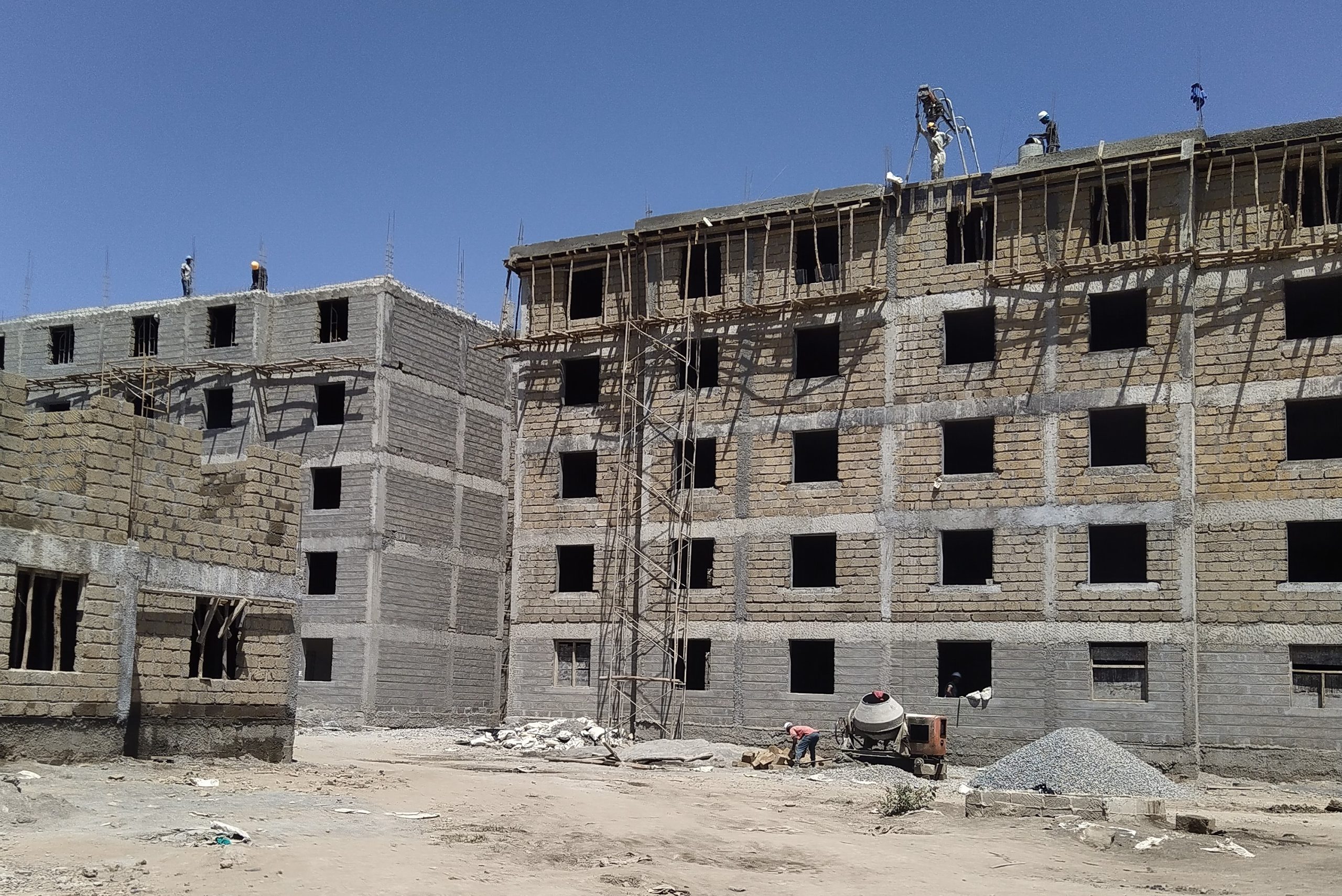Nakuru Affordable Housing project has been allocated public lands in Naivasha, Bahati and Molo sub-counties for the ambitious upcoming project to build 50,000 affordable housing units. This task of land identification was carried out by John Kihagi,County Director for Land, Planning, Housing and Urban Development, who led a team from the State Department of Housing on a site visit to assess the state of the proposed land preparation in the three regions selected. The primary purpose of the visit was to ensure preparations for the upcoming dedication ceremony for the launch of the project that is going to be presided over by President William Ruto and Nakuru County Gov. Susan Kihika which will be in the coming months.
Also read:Kings Sapphire Bondeni affordable housing project in Nakuru, Kenya
Kihika said the Nakuru Affordable Housing project is a partnership between the national government and Nakuru County to boost urban economic growth, improve living conditions and create jobs for Nakuru County residents. In Nakuru County itself, affordable housing projects have alleviated widespread shortages in the country and provided decent housing for low and middle-income families, who often bear the brunt of slum life. This was milestone was noted when the Nakuru County Government recognized the success of affordable housing project in Bondeni, which built and sold off 600 affordable units.Overally, the affordable housing project aims to create social stability and give people a sense of belonging and security.
Kenya Housing Deficit Addressed by the Nakuru Affordable Housing Project
Kenya Housing deficit stands at around 2 million units. This deficit indicated a significant gap between the demand for housing and the available supply. Projects such as the Nakuru Housing project serve as a key component in addressing this issue. The shortage of affordable and decent housing has been a pressing issue in Kenya, particularly in urban areas where population growth, rural-urban migration, and economic development have fueled the demand for housing. This underscores a substantial disparity between the number of homes required to meet the housing needs of its population and the quantity of available housing units. This deficit serves as a clear indicator of the substantial demand for housing that surpasses the supply available within the country.

